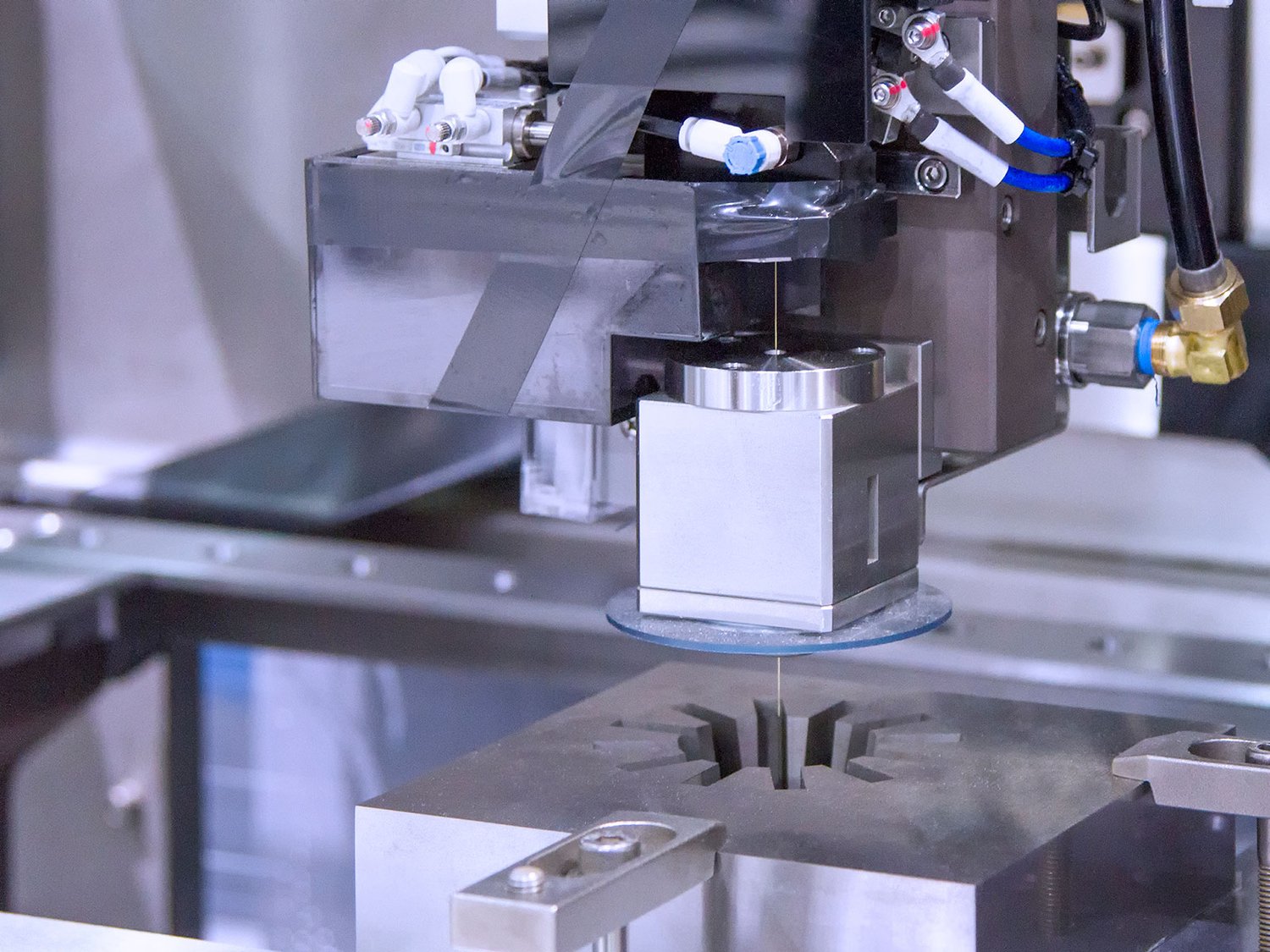Introduction
Wire cutting machining is a highly efficient and accurate method used in various industries for cutting and shaping materials. It has revolutionized the manufacturing process by providing precise cuts and intricate designs that were previously difficult to achieve. In this article, we will explore the advantages of wire cutting machining and its applications in different industries.
Precision Engineering with Wire Cutting Machining
One of the key benefits of wire cutting machining is its exceptional precision. This technology uses electrical discharge machining (EDM) to cut materials with extreme accuracy. The wire electrode, usually made of brass or copper, is guided by computer numerical control (CNC) to create intricate shapes and profiles. This level of precision is particularly useful for industries such as aerospace, medical, and electronics, where the smallest deviation can have serious consequences.
Efficient Material Removal
Wire cutting machining is known for its efficient material removal process. Unlike traditional cutting methods that involve physical contact, wire cutting machining uses a high-frequency electrical discharge to erode the material. This non-contact approach minimizes the wear and tear on the cutting tool, resulting in longer tool life and reduced maintenance costs. Additionally, wire cutting machining can cut through hard materials, such as steel and titanium, with ease, making it a preferred choice for industries that require high-strength components.
Complex Geometries Made Possible
With wire cutting machining, complex geometries and intricate designs are no longer a challenge. The CNC-guided wire electrode can easily create shapes with sharp corners, narrow slots, and intricate contours. This level of precision and versatility opens up new possibilities for designers and engineers, allowing them to push the boundaries of what can be manufactured. Whether it's a complex mold for injection molding or a delicate surgical instrument, wire cutting machining delivers the required precision and intricacy.
Minimal Material Waste
Wire cutting machining is a highly efficient process that minimizes material waste. Traditional cutting methods often result in significant material loss due to the width of the cutting tool. However, wire cutting machining uses a thin wire electrode, typically around 0.1 to 0.3 mm in diameter, which significantly reduces material waste. This makes it a cost-effective choice for industries where material costs can be substantial, such as automotive and aerospace. Additionally, the ability to nest multiple parts for simultaneous cutting further maximizes material utilization.
High Surface Quality
When it comes to achieving a high surface quality, wire cutting machining excels. The non-contact nature of the process eliminates the risk of tool marks or burrs, resulting in a smooth and precise surface finish. This is particularly important in industries such as automotive and consumer electronics, where aesthetics and functionality go hand in hand. The high surface quality achieved through wire cutting machining reduces the need for additional finishing processes, saving both time and cost in the manufacturing process.
Applications in the Automotive Industry
The automotive industry has greatly benefited from the advantages of wire cutting machining. From engine components to intricate parts for electronic systems, wire cutting machining plays a crucial role in manufacturing high-quality automotive parts. The precision and efficiency of the process ensure that critical components meet the stringent requirements of the automotive industry, resulting in improved performance and reliability.
Medical Industry: Precision Instruments and Implants
Wire cutting machining is widely used in the medical industry for manufacturing precision instruments and implants. The ability to create complex shapes and profiles with exceptional precision makes wire cutting machining ideal for producing surgical tools, orthopedic implants, and dental components. The non-contact nature of the process also ensures that delicate materials, such as titanium and bioresorbable polymers, are not compromised during the cutting process.
Electronics Industry: Microcutting and Miniaturization
The electronics industry demands ever smaller and more precise components, and wire cutting machining is a key technology in meeting these requirements. From microconnectors to miniature sensors, wire cutting machining enables the production of intricate electronic components with tight tolerances. The ability to work with a variety of materials, including copper, aluminum, and even exotic alloys, makes wire cutting machining an essential process in the electronics manufacturing industry.
Conclusion
Wire cutting machining offers significant advantages in terms of precision, efficiency, and versatility. Its ability to create complex shapes, minimize material waste, and achieve high surface quality makes it a preferred choice in industries such as automotive, medical, and electronics. As technology continues to advance, wire cutting machining is expected to play an even greater role in the manufacturing of intricate and precise components.

